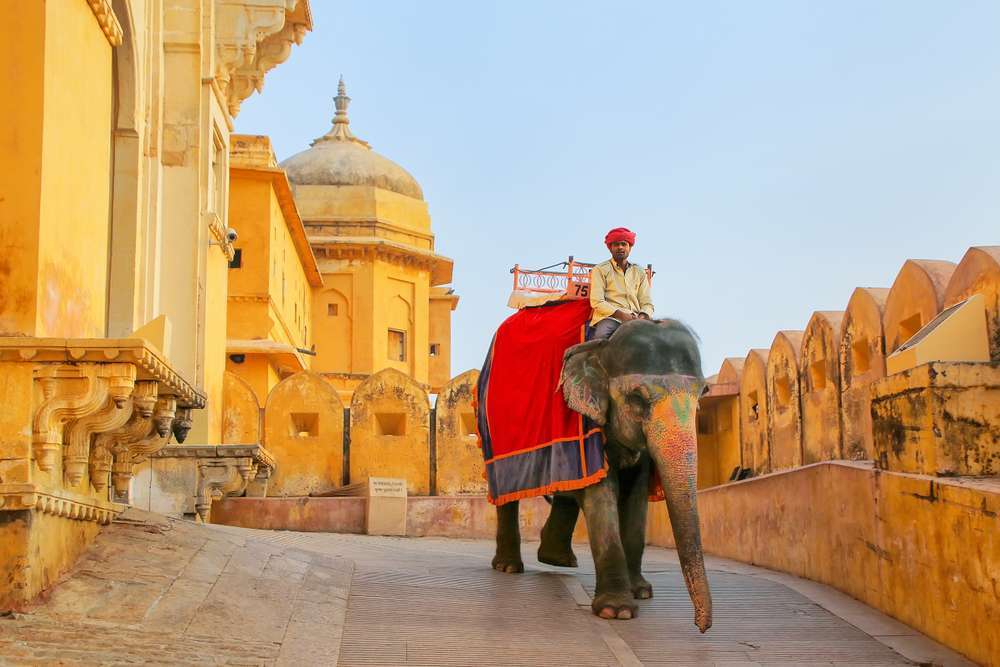India’s cultural heritage is a tapestry woven with vibrant threads of music and dance that have evolved over centuries. From classical compositions to folk traditions, the performing arts in India offer a mesmerizing journey into its rich cultural diversity. This article takes you on an exploration of India’s dynamic music and dance traditions, showcasing their significance, regional variations, and how they provide a window into the soul of this captivating nation.
INDIAN VISA FOR GUATEMALAN CITIZENS
The Heartbeat of Culture
Music and dance are deeply intertwined with India’s cultural fabric. These art forms serve as expressions of emotions, spirituality, and identity. Whether it’s a classical performance in an auditorium or a lively folk dance in a village square, every rhythm and movement conveys a story that resonates with the collective consciousness of the nation. Music and dance are not just performances; they are channels through which India’s diverse cultures communicate. Indian classical music and dance forms are revered for their precision, complexity, and spiritual depth. The two main traditions, Hindustani (North Indian) and Carnatic (South Indian), have their roots in ancient scriptures and philosophical concepts. Classical performances are a blend of intricate melodies, rhythmic patterns, and emotional expressions. The sitar, tabla, veena, and flute accompany the performances, creating a harmonious symphony that transcends time.
Exuberant Folk Traditions
India’s folk music and dance traditions are a kaleidoscope of colors, celebrating the joys, sorrows, and everyday experiences of the people. Each region boasts its own unique folk forms, characterized by lively movements, colorful attire, and spirited storytelling. Bhangra from Punjab, Garba from Gujarat, and Bihu from Assam are just a few examples of the vibrant folk dances that add flavor to India’s cultural landscape. Music and dance have been integral to India’s spiritual and religious practices for centuries. In Hinduism, music is considered a divine gift, and dance is viewed as a way to connect with the divine. Bhajans, devotional songs, and kirtans are sung to express devotion and seek spiritual enlightenment. Classical dance forms like Bharatanatyam, Odissi, and Kathak often narrate mythological stories, making them a visual representation of religious teachings.
Regional Flavors
India’s vastness is mirrored in its music and dance traditions, with each region having its own distinct styles and flavors. The celebratory Bihu dance of Assam contrasts the graceful Kathak of North India. The rhythmic beats of the Dandiya-Raas in Gujarat stand in contrast to the intricate footwork of the Mohiniyattam in Kerala. This regional diversity showcases the multi-faceted nature of India’s performing arts. India’s festivals come alive with music and dance, creating an atmosphere of joy and unity. Festivals like Diwali, Holi, Navratri, and Pongal are marked by exuberant performances that bring communities together. The beats of the dhol, the twirl of colorful costumes, and the collective rhythm of dancing feet infuse these celebrations with an infectious energy that is uniquely Indian.
INDIAN VISA FOR GUINEAN CITIZENS
Passing Down Traditions
Music and dance traditions are not just performances; they are heritage that is passed down from generation to generation. Families of musicians and dancers uphold these legacies, ensuring that the art forms remain alive. Gurukul systems, where students learn under the guidance of masters, are still prevalent in many regions, fostering a deep connection between teacher and student. Indian music and dance have transcended national borders, leaving a mark on global cultural landscapes. Bollywood music and dance have a massive international following, and Indian classical music has inspired artists worldwide. Fusion performances that blend Indian and Western elements have become popular, bridging cultures and creating new artistic expressions.
Experiencing the Magic
- Attend Live Performances: Check local event listings for concerts, recitals, and dance performances. Live performances offer an immersive experience that allows you to witness the magic up close.
- Cultural Festivals: Attend cultural festivals like the Khajuraho Dance Festival, Hampi Utsav, or the Jaipur Literature Festival, where music and dance are celebrated.
- Cultural Centers and Academies: Many cities have cultural centers and academies dedicated to preserving and promoting traditional arts. These centers often offer workshops, lectures, and performances.
- Community Celebrations: Participate in local celebrations like weddings, religious festivals, and fairs, where music and dance are an integral part of the festivities.
Conclusion
India’s music and dance traditions are more than mere performances; they are living expressions of the nation’s soul and identity. These dynamic art forms capture the essence of diverse cultures, connect communities, and celebrate life’s joys and sorrows. Whether you’re drawn to the classical elegance or the exuberance of folk traditions, India’s performing arts promise an enriching experience that transports you into the heart of its vibrant cultural tapestry.
Also read: Palace Hotels: Living Like Royalty During Your India Travels
